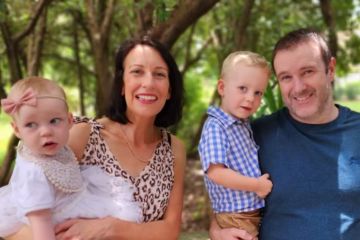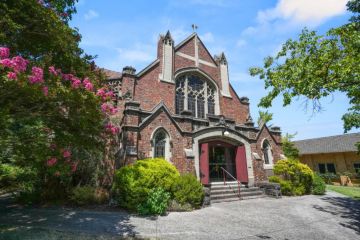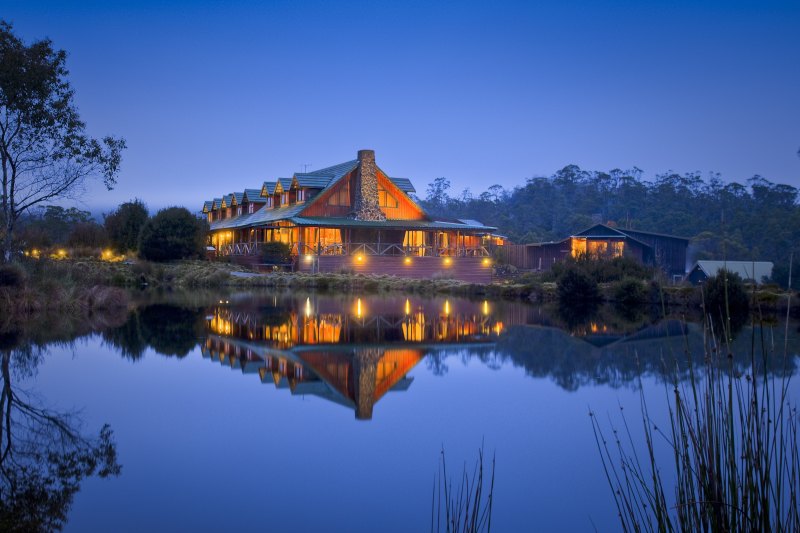Sydney's prestige property market feeling ripple effect of wider downturn
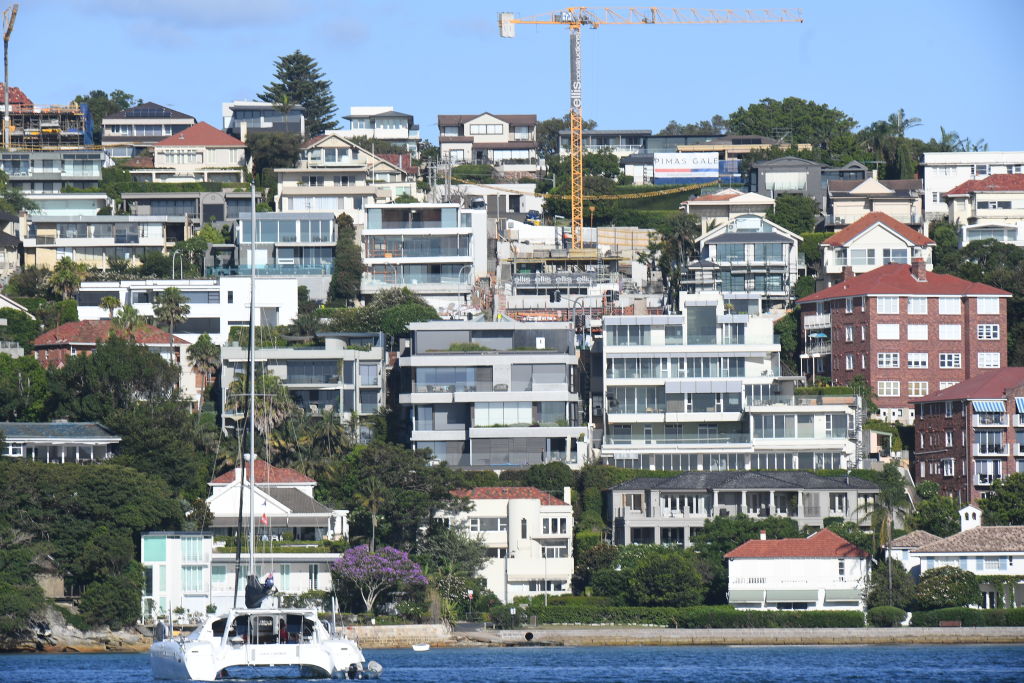
Sydney’s prestige home owners are feeling the ripple effect of the housing downturn with longer sales campaigns and more discounting before they score a sold sticker.
Across Greater Sydney it is taking an average of 85 days to sell homes in the $3 million-plus prestige range, up 18 per cent on February last year.
Domain data also shows discounting from the advertised price to the sales result in the prestige market has hit 10 per cent, the first time it has hit double digits since early 2015.
“These figures would suggest that the prestige market is not as resilient as was previously thought,” said AMP Capital chief economist Shane Oliver.
Average days on market: February 2018 to 2019
| Source: Domain | |||
| Suburb | 2018 | 2019 | Change |
| North Bondi | 19 | 47 | 147% |
| Strathfield | 29 | 63 | 117% |
| Randwick | 21 | 45 | 114% |
| Killara | 44 | 94 | 113% |
| Seaforth | 65 | 115 | 76.9% |
| Wahroonga | 48 | 67 | 39.5% |
| Manly | 21 | 29 | 38% |
| Mosman | 79 | 98 | 24% |
| Northbridge | 48 | 57 | 18.7% |
| Woollahra | 55 | 62 | 12.7% |
“Things like increased supply in apartments, tighter credit conditions and fewer foreign buyers are still likely to impact the prestige market, as they are the broader market, but what’s having a greater impact at the high-end is an uncertain economic outlook, volatility in the sharemarket and a decrease in bonuses in the financial market.”
Sydney’s broader housing market in the sub-$3 million price range has copped the brunt of the downturn with average days on market up 51 per cent and discounting increased from 5.5 per cent early last year to 8.2 per cent.
“The top 10 per cent of Sydney’s market has fared relatively well, but by late last year prices were starting to move backwards,” said Domain senior research analyst Nicola Powell. “Now it’s a broader downturn affecting all price points.”
North Bondi is one of the hardest hit in terms of protracted sales campaigns, with the average days on market for prestige homes up 147 per cent to 47 days.
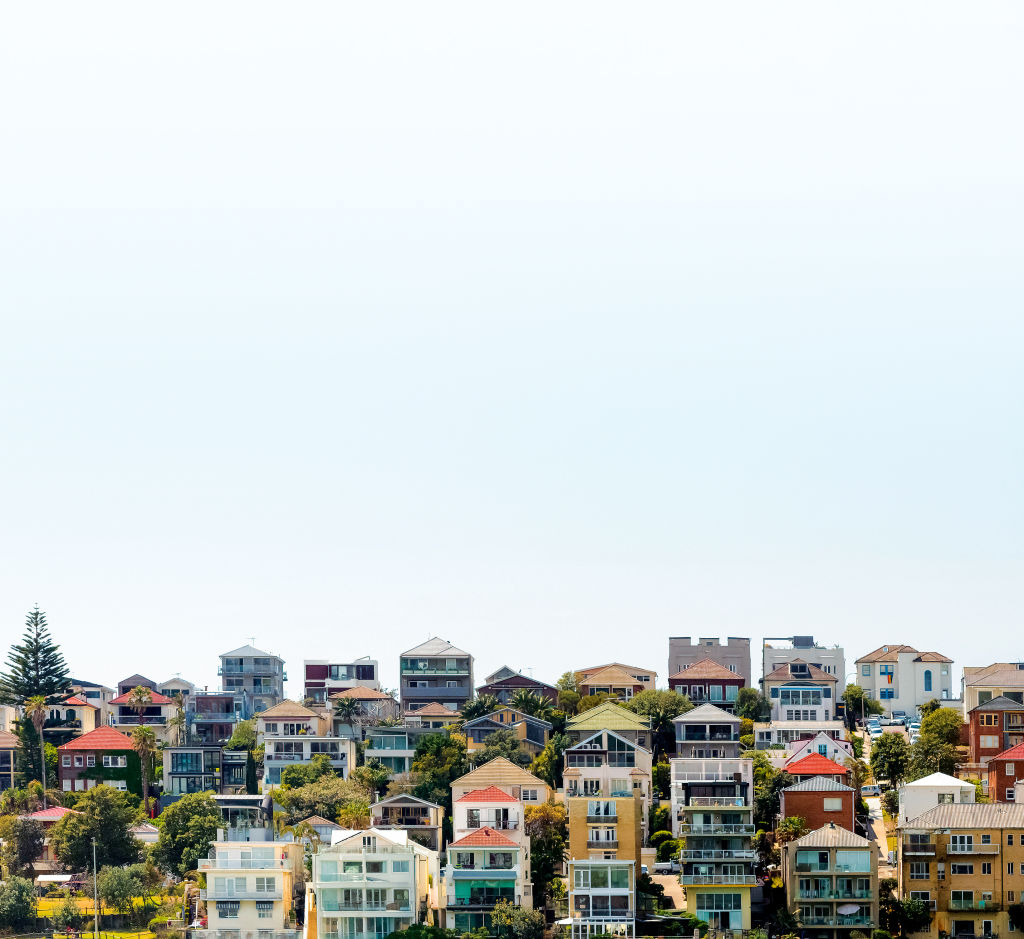
Strathfield follows with average days up 117 per cent to 63 days and Randwick up 114 per cent to 45 days.
Mosman’s well-heeled house owners have seen the average sales campaign increase 24 per cent in the past 12 months to 98 days, and discounting has also hit 10 per cent, up from 6.1 per cent a year ago.
Mosman agents blame the looming Easter and Anzac Day school holidays, this weekend’s state election and the upcoming federal election for a lack of local activity.
“It makes it an extremely good time to buy in Mosman, especially in that $3 million to $10 million range,” said Brendan Warner, of Raine & Horne Mosman.
Other key markets hit by longer sales campaigns are Woollahra, with average selling times up 12.7 per cent to 62 days, while Paddington claims the fastest average turnover of 22 days.
In Hunters Hill, selling times are up 11.6 per cent to 48 days.
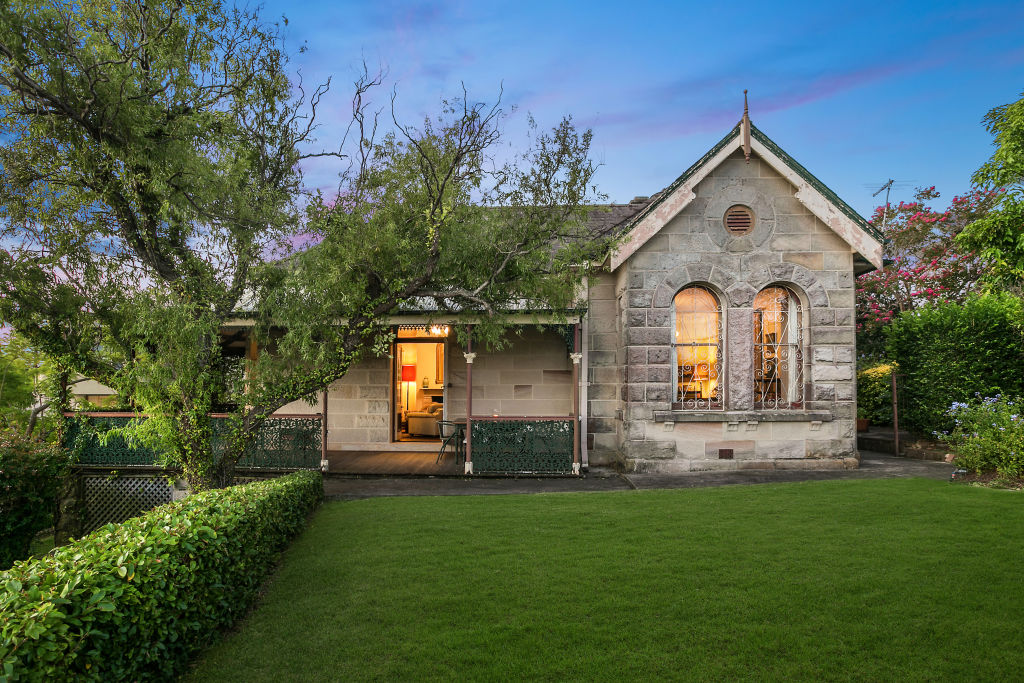
“In Hunters Hill it comes down how long the relevant buyer has been in the market,” said Tracey Dixon, of McGrath Hunters Hill.
“If they have been looking for a long time they are moving on what they like, but buyers who are new to the market are not seeing that the discounting has already taken place.”
“The prestige market is patchy,” said Ken Jacobs, of Christie’s International. “People are procrastinating about putting their property on the market, and they’re procrastinating about buying property.”
Vaucluse and Bellevue Hill buck the prestige trend. The former has seen average days on market fall 17 per cent to 81 days in the past year, and Bellevue Hill’s sales duration is down 6 per cent to 73 days.
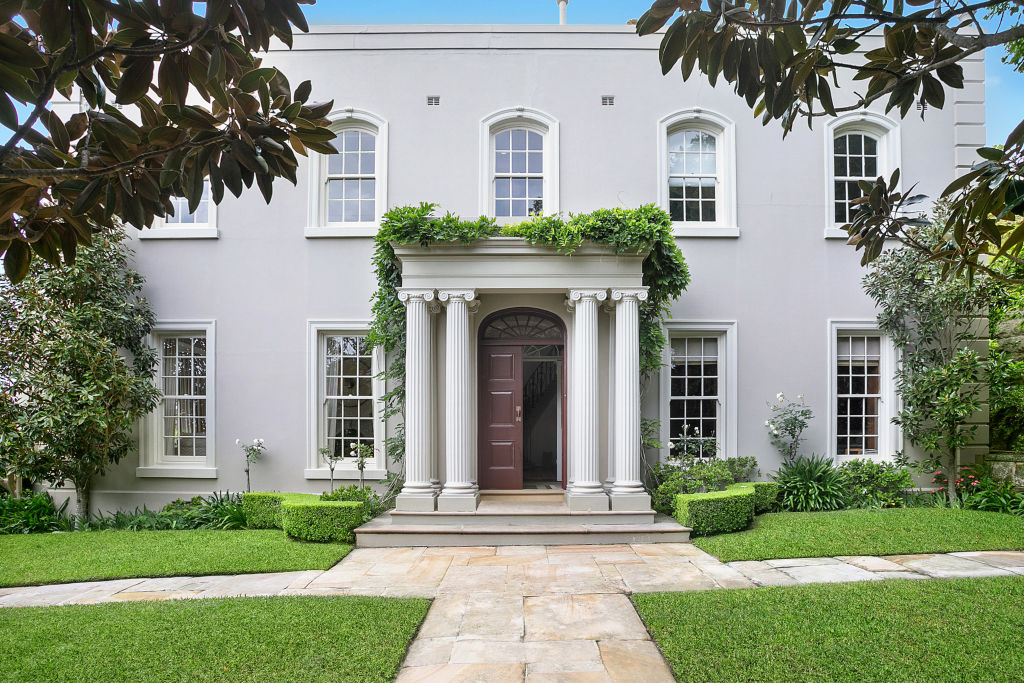
“If conditions in the eastern suburbs are softer, they are only slightly softer,” said Bill Malouf, of LJ Hooker Double Bay.
“Vaucluse, in particular, is proving more resilient because buyers are seeing more value there than in previous years.”
Dr Oliver pointed to demographic differences between suburbs like Mosman and Vaucluse.
“The wealth in Vaucluse is often longer-term, family wealth and Mosman’s is often more closely linked to the finance market and there’s a greater dependence on the sharemarket wealth where volatility is up,” he said.
We recommend
States
Capital Cities
Capital Cities - Rentals
Popular Areas
Allhomes
More

